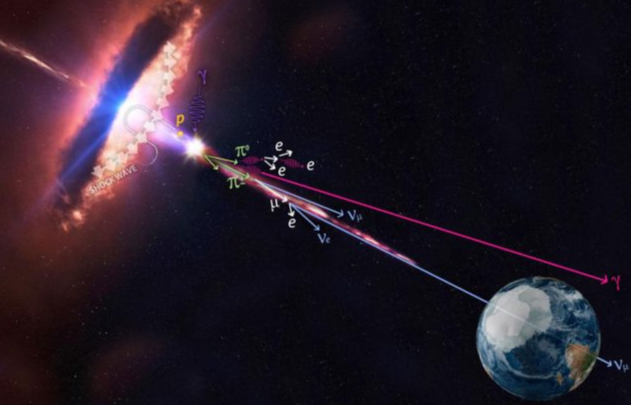Speaker
Description
Blazars are a class of active galactic nuclei (AGN) where the relativistic jet is pointed towards the observer. They are powerful sources of non-thermal radiation from radio to Very high energy(VHE) gamma-rays. Flat Spectrum Radio Quasars (FSRQs) are a subclass of blazars where there are broad absorption or emission lines present in the optical spectra.
The observed properties of FSRQs are strongly affected by the magnetic field in the accretion disk which changes the UV emission of Broad Line Region (BLR) and infrared emission from the Dusty Torus.
While many (774 as reported in 4FGL-DR2 catalogue) FSRQs have been detected at high energies(E>100 MeV), only a few (9 as of now) could be detected at very-high energies (> 100 GeV)
In this work, we present observations of nine FSRQs performed by MAGIC between 2008 and 2020 with a total observation time being 174 hours. For two of the sources, CTA102 and B2 2234+28A, we include observations from the Fermi-LAT, Swift-UVOT, Swift-XRT and KVA (Kungliga Vetenskapsakademien). The multi-wavelength spectra for these sources show hints of additional absorption.
We also modelled the broadband emission of the sources to look for signatures of absorption of VHE gamma-ray emission in the BLR region.

